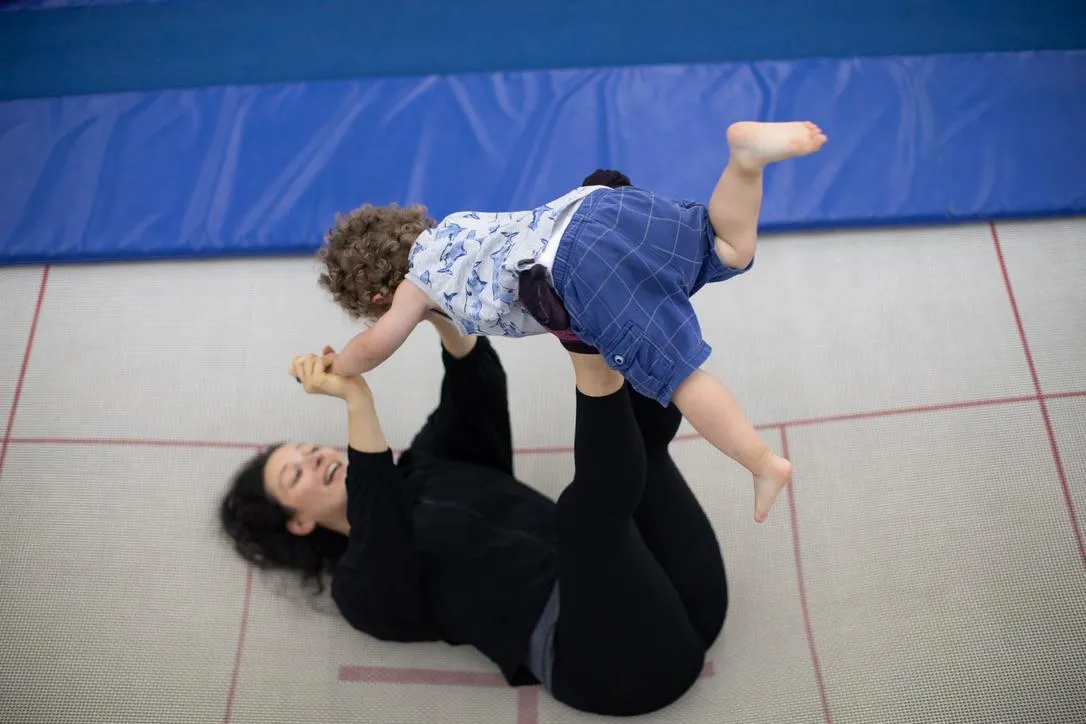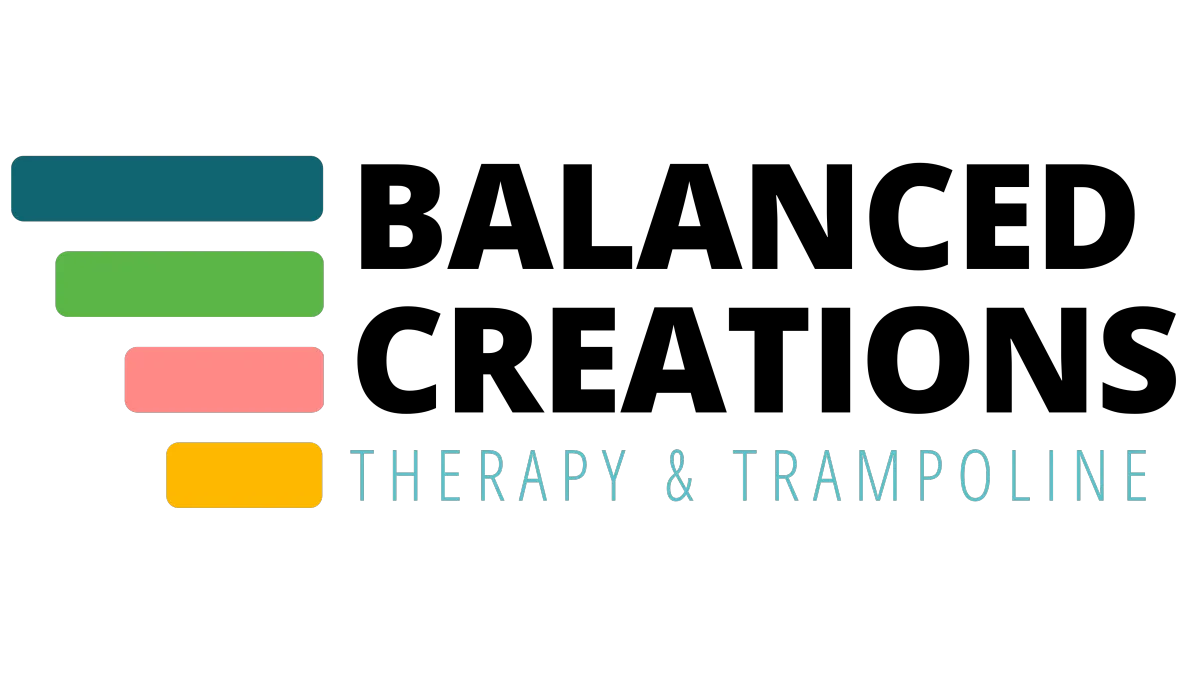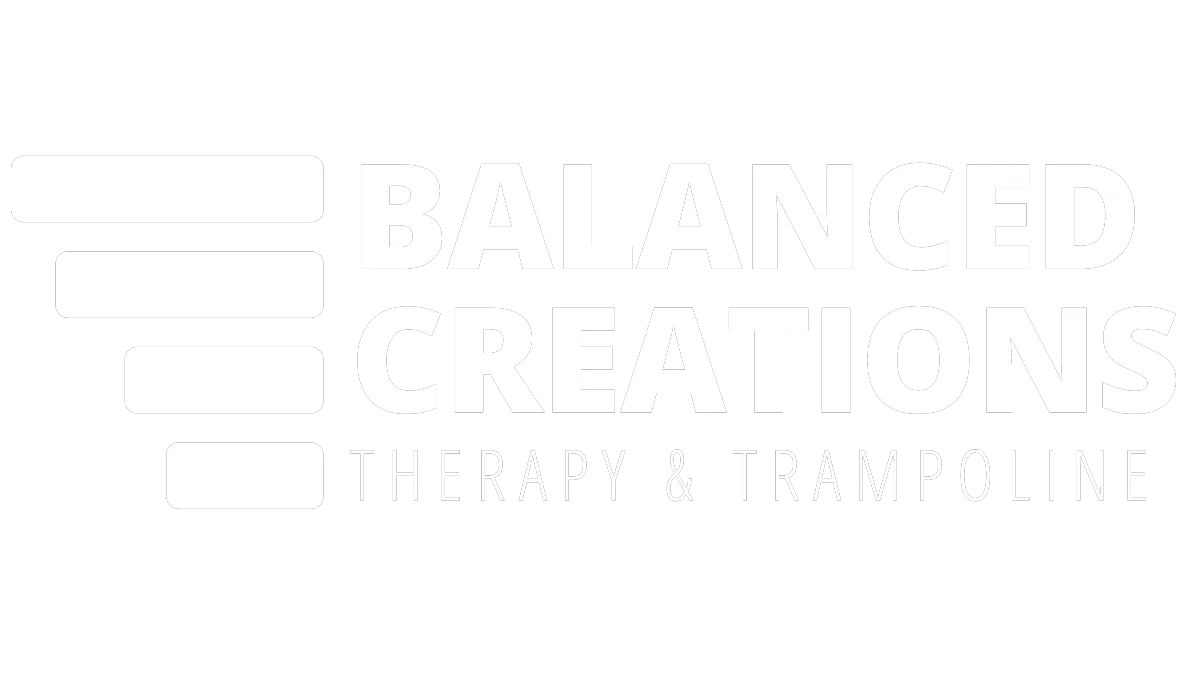Play-Based Child-led pediatric physical Therapy & adaptive gymnastics Fort Worth, Texas
Welcome to the Family
We’re excited to support families in Fort Worth, Aledo, and Parker County!

Hello! I'm Dr. Sigourney Weathers, PT.
Hello, I’m Dr. Sigourney Weathers, founder of Balanced Creations Therapy & Trampoline in Aledo, Texas. With a Doctorate in Physical Therapy and over 30 years in the gymnastics community—including 15+ years as a coach and judge and 10+ years specializing in adaptive gymnastics—I’ve dedicated my career to creating spaces where children feel empowered and included. My passion for gymnastics, trampoline, and community inspired me to address a gap in the physical therapy system: providing ongoing recreational support and community after therapy.
Outside of work, I enjoy spending time with family, staying active, and exploring hobbies like aerial silk and trampolining. Ready to help your child embrace their abilities and grow with confidence? Join us at Balanced Creations, where we proudly serve Fort Worth, Aledo, Parker County, and beyond.
Our Values
At Balanced Creations Therapy & Trampoline, we believe every child, regardless of ability, deserves a space where their communication is heard, their growth is nurtured, and their wellness journey is supported. We proudly serve families in Fort Worth, Aledo, and Parker County, fostering a sense of belonging and empowering every individual to grow and thrive in their own unique way. Through play-based, child-led, and neurodiversity-affirming practices—like therapeutic trampolining and gymnastics—we help children flourish in a supportive, inclusive environment. We collaborate with families to create meaningful experiences that build confidence, joy, and lasting skills.


Max Tanner

Lorem ipsum dolor sit amet, consectetur adipiscing elit. Quisque nisi nunc, tincidunt non nibh non, ullamcorper facilisis lectus. Sed accumsan metus viverra turpis faucibus, id elementum tellus suscipit. Duis ac dolor nec odio fermentum

Max Tanner

Lorem ipsum dolor sit amet, consectetur adipiscing elit. Quisque nisi nunc, tincidunt non nibh non, ullamcorper facilisis lectus. Sed accumsan metus viverra turpis faucibus, id elementum tellus suscipit. Duis ac dolor nec odio fermentum
Hear From Our Clients
We offer financial
wings to let your
dreams soar higher
Lorem ipsum dolor sit amet, consectetur adipiscing elit. Quisque nisi nunc, tincidunt non nibh non, ullamcorper facilisis lectus. Sed accumsan metus viverra turpis faucibus, id elementum tellus suscipit. Duis ac dolor nec odio fermentum
Why Balanced Creations?
Neurodiversity-affirming care
We celebrate the unique ways children move, communicate, and experience the world. Our play-based, child-led approach respects every child’s individuality while helping them grow in a supportive, inclusive environment. With an emphasis on neurodiversity-affirming practices, we prioritize meeting your child where they are to build skills that feel natural and empowering to them.
Specialized Therapies for All
We specialize in providing therapeutic services tailored to children of all abilities, including those with physical, cognitive, and sensory challenges. Our unique offerings, such as therapeutic trampolining and adaptive gymnastics, combine evidence-based techniques with creative play, giving every child the tools to build strength, confidence, and joy through movement.
Local Expertise
Community Focused
As a trusted provider in Fort Worth, Aledo, and Parker County, we are deeply committed to serving local families. Our knowledge of the community’s needs, combined with a passion for family-focused care, allows us to create lasting connections and meaningful experiences. We’re here to guide your child and family on a journey of growth and discovery.
Pediatric Physical Therapist | Therapeutic Trampoline Specialist
Welcome!
Dr. Sigourney Weathers, PT, DPT
Founder of Balanced Creations Therapy & Trampoline. Sigourney specializes in play-based, child-led, neurodiversity-affirming therapy and teaches professionals how to use the trampoline as a purposeful therapeutic environment.


